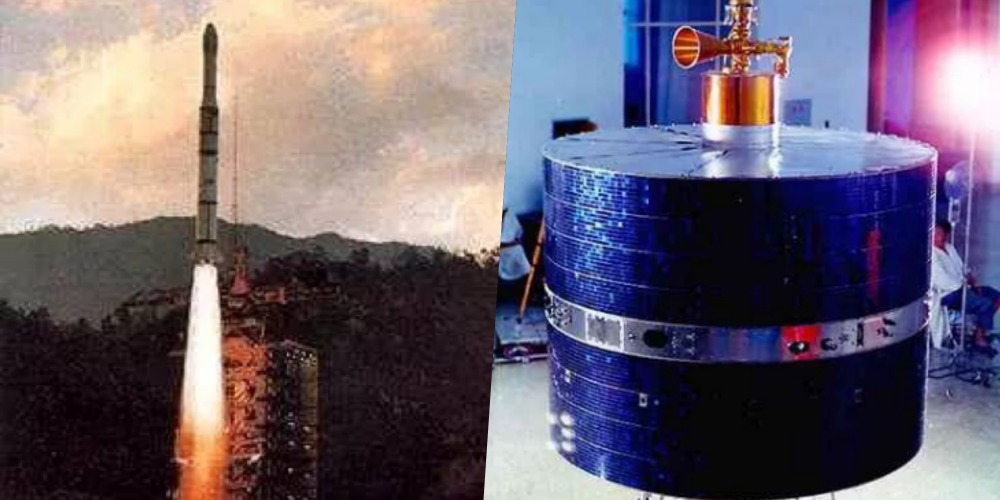Published : 2024-12-21
On December 21, 2010, China's Outline for National Territorial Spatial Planning (《全國主體功能區規劃》) was released.
It is a strategic, fundamental, and binding plan for the development of China's national territory, and it is also the first nationwide plan for the development of national territory since the founding of the People's Republic of China.
The outline states that China must not only meet the enormous demand for national territory space due to population growth, improvement of people's living standards, economic growth, industrialisation and urbanisation development, and infrastructure construction, but also protect arable land to ensure national food supply security.
Additionally, it is necessary to safeguard ecological security and public health, addressing challenges like water scarcity, environmental pollution, and climate change, and to protect and expand green ecological space. Therefore, the development of China's national territory space faces numerous dilemmas.
It also points out that the target time for achieving the main objectives of the main functional areas is 2020. It would cover the national land territory space as well as inland waters and territorial seas, but excluding the regions of Hong Kong, Macao, and Taiwan.
In the second section on National-Level Optimised Development Areas, the role of the Pearl River Delta region is to jointly build a globally influential base for advanced manufacturing and modern service industries through the economic integration and growth of Guangdong, Hong Kong, and Macao.
Specifically, it includes enhancing the advantages and complementary functions with Hong Kong and Macao, promoting economic integration with Hong Kong and Macao, developing modern service industries that match with Hong Kong's international financial centre, and constructing international shipping, logistics, trade, convention and exhibition, tourism, and innovation centres that align with the differentiated development of Hong Kong and Macao.































